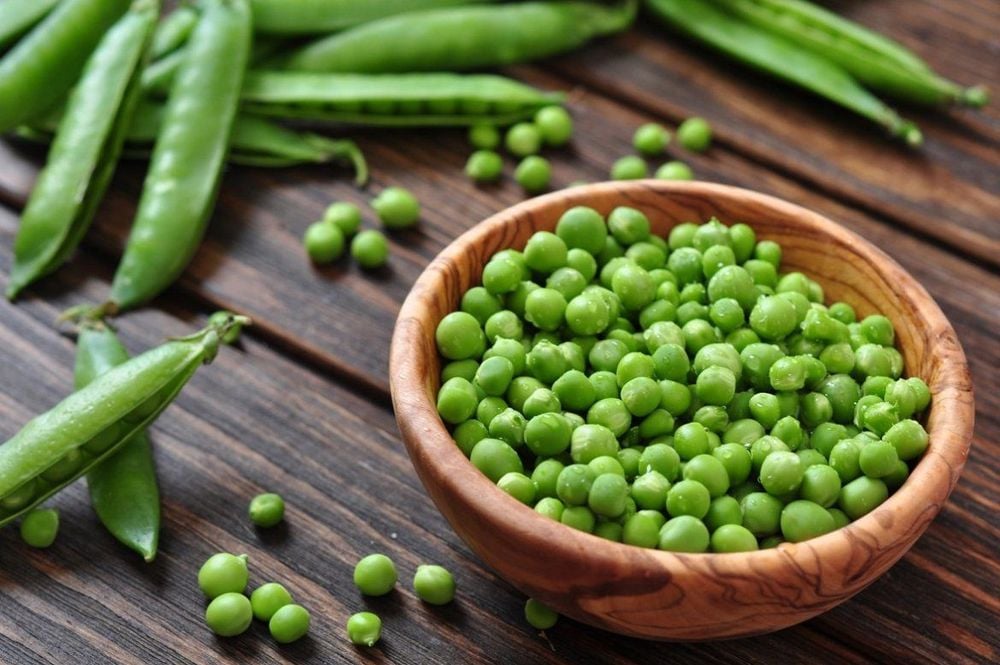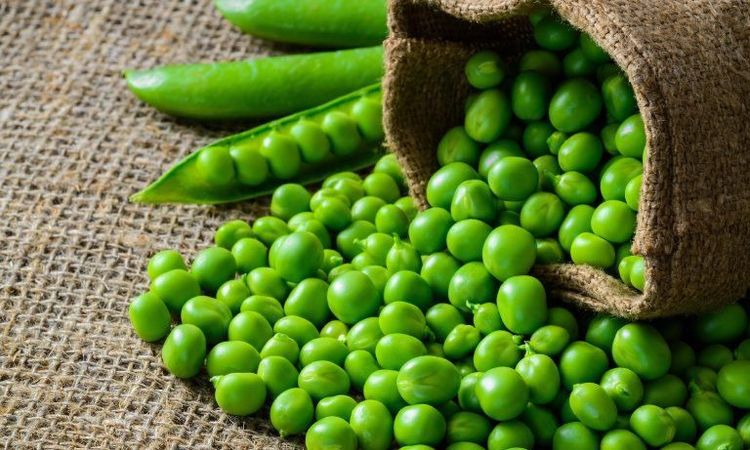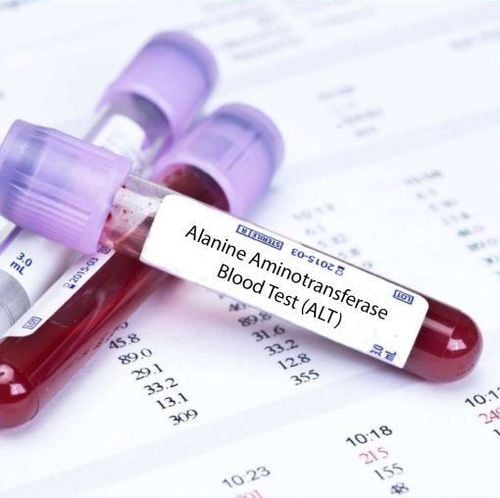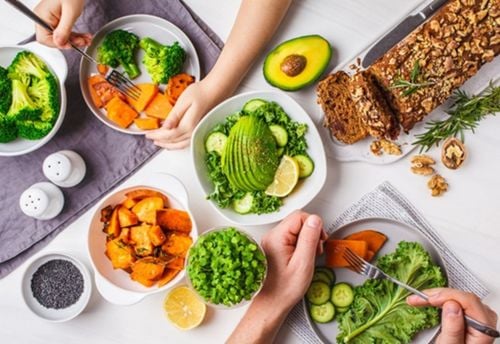This is an automatically translated article.
Eating beans is very good for everyone's health because this is a food with high nutritional content, providing many necessary substances for the body. In particular, beans and peas are 2 unique foods belonging to legumes, providing both protein and fiber, zinc, potassium, folate, ... Beans and peas are recommended for the whole person. vegetarian and vegan.
1. Nutritional content of beans and peas
Beans and peas are the mature forms of legumes, which include black beans, chickpeas, kidney beans, lima beans, lentils, cat's-eye beans, and peas. They are available in dried, canned and frozen forms.
Legumes are an excellent source of plant-based protein, while also providing other nutrients like iron and zinc, similar to meat, poultry, and fish. Therefore, legumes are considered part of the protein food group.
MORE: Nutrition facts soya beans, okra, red beans, black beans
Beans and peas are also considered a vegetarian alternative to meat, they are also considered part of the vegetable group because they provide fiber and other essential nutrients like potassium and folate. These substances are not commonly found in the diets of many Americans, as they are also found in other vegetables.
Beans and peas have a high nutritional content, so this is a very good food for everyone, including salty eaters, who regularly eat livestock, poultry and fish. The United States Department of Agriculture (USDA) food samples classify beans and peas as a subgroup of the vegetable group. In addition, USDA food samples also indicate that beans and peas can be counted as part of the protein food group and that each person can consider beans and peas a vegetable or a food. Protein products are okay.
Peas, chickpeas and lima beans are not considered part of the beans and the peas subgroup are classified as starchy vegetables such as celery, lettuce, onion, cabbage.

Đậu Hà Lan là loại thực phẩm độc đáo
2. How to calculate the amount of beans and peas according to the United States Department of Agriculture
For people who eat salty foods, often eat cattle, poultry and seafood, they consider beans and peas as a group of vegetables. But for people who are vegetarians, vegans and very rarely eat livestock, poultry or fish, they see beans and peas as a protein food group. There are two ways to calculate the amount of beans and peas in USDA food samples (unit: oz).
2.1 Beans and peas of the Vegetable Group
Beans and peas count as a vegetable group if total intake is greater than or equal to the recommended intake from the Protein Food Group (between 2 - 7 oz, or 1,000 - 2,800 calories or more).
For example, with a menu that includes 3 1⁄2 oz of chicken and 2 oz of tuna and 1⁄2 cups of roasted beans, the recommended 51⁄2 protein intake would include 3 1⁄2 oz of chicken and 2 oz tuna. So, 1/2 cup of roasted beans in this incomplete menu would be counted as the vegetable group to preserve the energy value of 2,000 calories.

Đậu Hà Lan chưa rất nhiều chất xơ
2.2 Beans and peas belong to the Protein Food Group
Beans and peas are counted as a protein food group if the total intake is less than the recommended intake from the protein food group. So make sure to count any beans and peas eaten into the suggested intake until it is reached.
Once the suggested intake in the protein food group is reached, start counting any beans or peas that are eaten as vegetables.
For example, with a menu consisting of 2 eggs, 11⁄2 tablespoons of peanut butter, and 1⁄2 cups of chickpeas, the recommended 51⁄2 protein intake includes 2 eggs, 11⁄2 tablespoons Peanut butter is not enough.
So, to meet the recommendation, 1⁄2 cups of chickpeas would count as the protein food group, not the vegetable group. We need to continue to add protein foods to ensure that we are getting enough of the recommended amount of protein equivalent to a 2,000-calorie value. After reaching enough, the amount of beans and peas consumed will be included in the vegetable group.
Beans and peas are 2 unique foods that are both classified as protein foods and classified as vegetables, depending on the amount of beans consumed.
Please dial HOTLINE for more information or register for an appointment HERE. Download MyVinmec app to make appointments faster and to manage your bookings easily.
Reference: choosemyplate.gov













